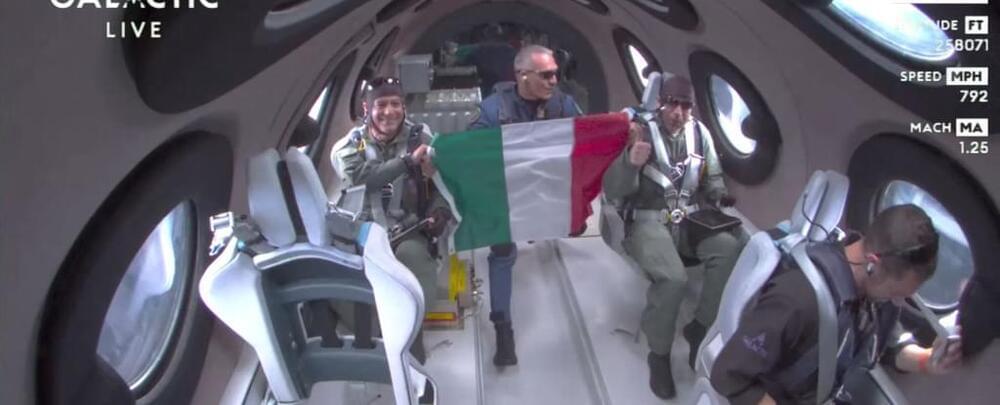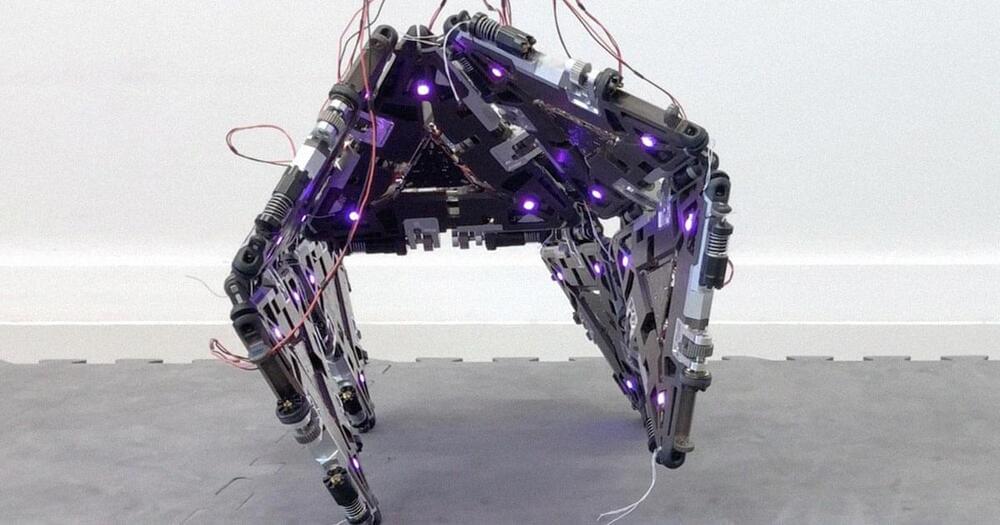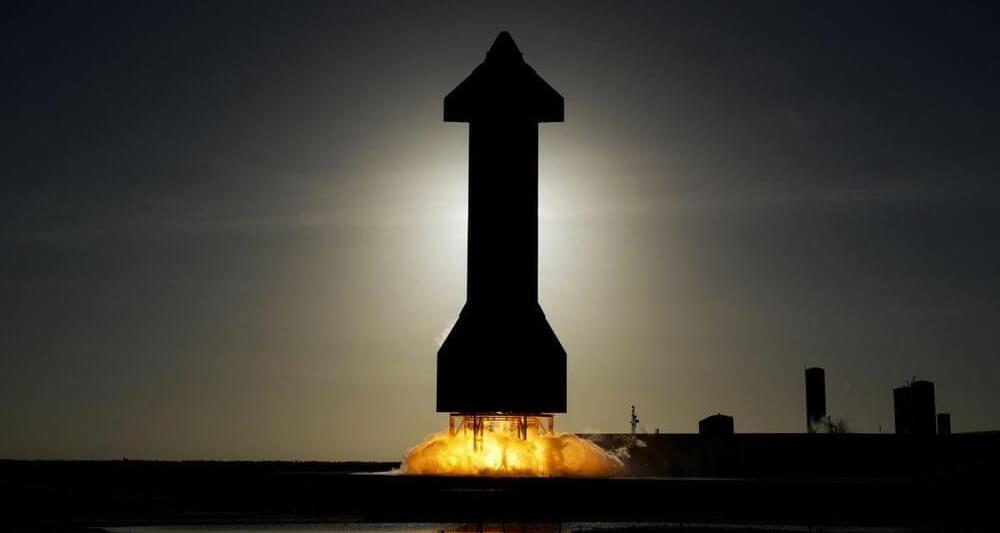In three months, the tool will begin a six year exploration of dark energy and dark matter.
Dark energy and dark matter discovery tool Euclid successfully launched on a SpaceX Falcon 9 rocket from Cape Canaveral in Florida, USA, at 11:11 local time / 16:11 BST / 17:11 CEST on Saturday 1 July 2023. The first stage proceeded to return to Earth to be recaptured and reused at later flights.
Euclid had a long journey. “Between 23 and 28 June, Euclid was mounted atop the Falcon 9 adaptor, encapsulated in the rocket fairing, and transported to the Cape Canaveral Space Launch Complex 40 (SLC-40),” wrote ESA in a statement.
Euclid’s destination is the Sun-Earth Lagrange point L2, an equilibrium point… More.
ESA/YouTube.





